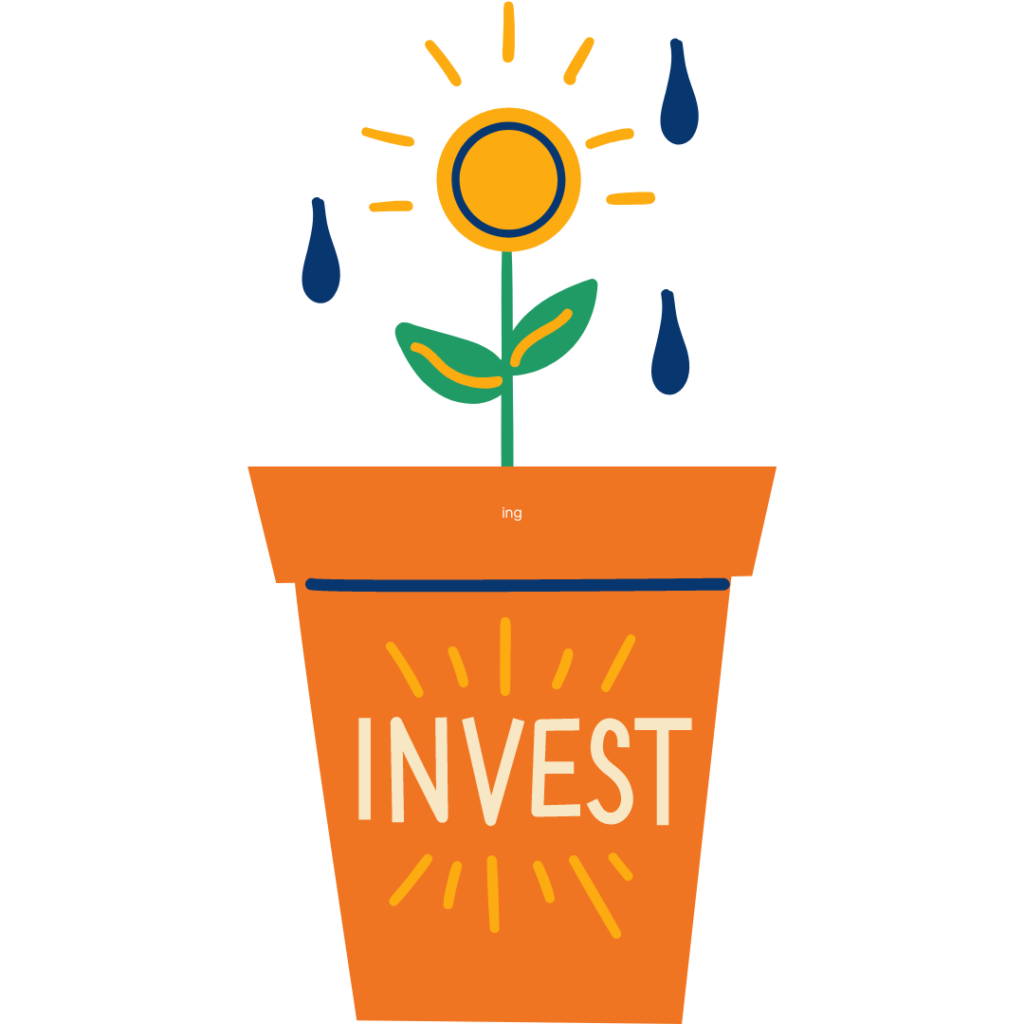
I want you to imagine two scenarios.
Scenario 1:
You’re working a nine to five job and you’ve made the decision that you want to increase your wealth.
You’re tired of being broke all the time. So you decide to start picking up some overtime.
And you make some money, and your lifestyle improves. You can go out to eat more often, and it feels freeing not to be constantly pinching pennies.
In fact, it feels so good that you decide to pick up some more overtime, and now you’re working ten-to-twelve-hour days six days a week.
And now the money’s rolling in. All your bills are paid on time and there’s money left over for fun things.
But now you’re starting to burn out. You’re working constantly and don’t really have the time to enjoy your newfound wealth. Instead, you find yourself constantly tired and cranky, and this is spilling over into all areas of your life.
Scenario 2:
You’re working a nine to five job and you’ve made the decision that you want to increase your wealth.
You’re tired of being broke all the time. So you decide to invest 10% of your earnings. This is a difficult decision because things are already financially tight, and now you really need to tighten the belt. You stop eating out as much, you make your coffee at home instead of driving through Starbucks every morning, and you no longer make those impulsive Amazon purchases.
Working with your financial advisor, you thoughtfully invest 10% of every single paycheck. Weeks turn into months, you stay the course, and your small investment starts slowly growing.
OK, let’s compare these two scenarios. In Scenario 1 you got wealthier immediately, and in the Scenario 2 you had less money to spend.
But let’s extend our timeline out a year.
In Scenario 1 you’re completely exhausted, burnt out, and unhealthy. You’ve maxed out your earning potential – you simply can’t work any more hours in a week – and you’re miserable.
In Scenario 2 you’re starting to build a nice little nest egg. You’re still only working 40 hours a week, but your investments are growing, and you’re reinvesting all of the earnings.
And as time goes by your wealth grows, and now you can afford to take time off work for bucket-list vacations.
Weight loss is a lot like investing.
In Scenario 1 we slash our calories and hit the treadmill. And we start losing a few pounds right away. But a month or so later, a weight loss stalls. So, we slash our calories even further and double down on the treadmill.
We lose a few more pounds and plateau again. But by now we’re miserable. We’re hungry all the time, we have low energy, we’re in a crappy mood all day, our sleep is deteriorating, and our libido is slowly disappearing.
This is not longer sustainable. We give up. And the weight comes insidiously creeping back.
But let’s contrast this with Scenario 2. Instead of starting our weight loss journey with a crash diet, we decide to invest in our health. We clean up our diet, we prioritize healthy protein, we actually eat more (not less) food, we commit to strength training 3 days a week, we walk daily.
And we continue this for a month or two… and we don’t lose a single pound. In fact, we may even have gained a pound of two – but this gain is muscle and not fat.
And then when we’re metabolically healthy – we’re eating plenty of food and have built some muscle – we start a brief diet.
We don’t mess around. We’re in and out – six weeks at the most. We drop a few pounds of fat (while maintaining our newly built muscle), and then we start the slow methodical process of rebuilding our metabolism, where we switch our focus from fat lost to metabolism (and muscle) building.
So, let’s compare our two scenarios in eight weeks. In Scenario 1 we’ve dropped 8 pounds (of muscle and fat) and we feel like crap.
In Scenario 2 we haven’t lost a single pound, but we feel amazing.
But here’s where the magic happens. Let’s extend out timeline out by a year.
In Scenario 1 we’ve given up – we’ve regained all our lost weight and have decided there must be something wrong with us – maybe it’s just bad genetics.
In Scenario 2 we’ve lost 10 pounds and we feel amazing. We’re strong and have some actual muscle definition. Our mood, energy, sleep, and libido are at all-time highs.
If you have a weight loss goal – and especially if you’ve tried various versions of Scenario 1 before – I’d invite you to consider an investment strategy.
Consider investing in your long-term health. You don’t need another diet. You need a strategic investment strategy for your health!
